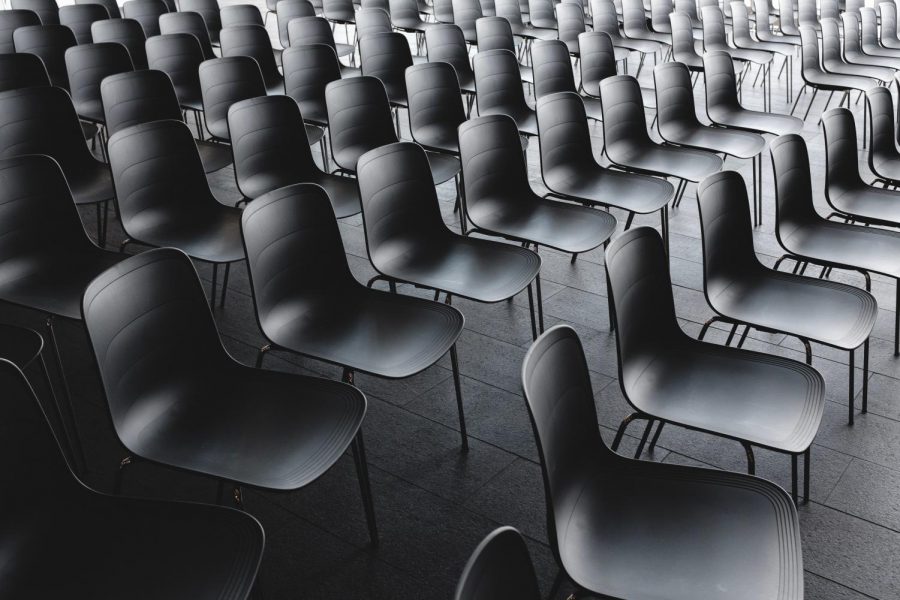COVID-19’s Impact on Education
April 8, 2020
In the last month, school districts across the country have experienced a radical change in the way learning and teaching are taking place. Due to rampant concerns over the spread of COVID-19, state governments have been ordering schools to transition to online learning, which requires the use of technology and programs that have transformed education in America.
Nearly two weeks ago, as part of the Senate’s coronavirus relief bill, over $13 billion went toward funding schools’ staff and technology resources. The latter includes popular programs like Google Classroom, Zoom, and Google Meet, whose use continues as remote learning proliferates. Just in the past week, both Indiana and Michigan have canceled K-12 formal schooling for the remainder of the school year.
Governor Andrew Cuomo has declared that schools in New York State will remain closed until April 29th at a recent press conference, lengthening school districts’ online learning duration. How effective the remote learning process is for students is still being evaluated, however. “I don’t think anything can replace the interaction in person,” said Principal Mr. Bernhard, “especially at this level.”
This transition has been especially difficult for performance-based classes. “Distance learning has meant that I have to incorporate other facets of learning,” orchestra teacher Mr. Hein says, “such as listening and writing assignments on a more frequent basis.” Instead of practicing in rehearsals, he’s giving assignments concerning music theory and at-home music experimentation. He says that “this is mainly because I have to take into account that not every student has the same materials or resources at home that we would in school.”
Schools across the nation are facing the new experience of teaching online. Various resources have suggested how to keep students engaged. “We need assignments … that encourage immersion, engagement, and active processing of information,” Inside Higher Ed says. However, keeping students motivated is a separate topic of concern.
Without the structured environment of a traditional classroom, some students find it difficult learning at home. “Without learning in a classroom, it’s hard to feel motivated to complete tasks and stay on top of all the assignments,” says sophomore Tasnim Loqman. “Since I’ve been at home it feels like I’m not responsible for all the work I still have to complete and it’s so easy to get distracted.” Remote learning has not only affected students’ willpower but also their daily schedule, now detached from the 7 AM to 2 PM school day.
Personal routines have been altered for both students and teachers. As Ward Melville adjusts to online operations, Mr. Hein finds himself “sleeping in a little longer and taking more breaks throughout the day.” This is not an uncommon trend. “I sleep from 4 AM to 1 PM,” sophomore Claire Yang says, “and then don’t go to school and eat food at ungodly hours.”
The sudden outbreak of COVID-19 has drastically changed daily lives; prior to the district’s closure, it’s difficult to say whether people were prepared. “It [online teaching] wasn’t just something we progressed into slowly, it was one, two, three; we had to do it,” Bernhard says. “I feel as though distance learning has definitely minimized my focus and time management skills,” sophomore Megan Gmytrasiewicz says. This immediate transition has impacted Melville’s students and faculty as a whole.
The coronavirus outbreak has provoked considerable turmoil within the Three Village community. The spiking death toll throughout Long Island, now closing in on 600, has enabled increased social and educational protocols on behalf of state and federal governments. It’s unknown how COVID-19 will continue impacting our society and school community in the coming months.



